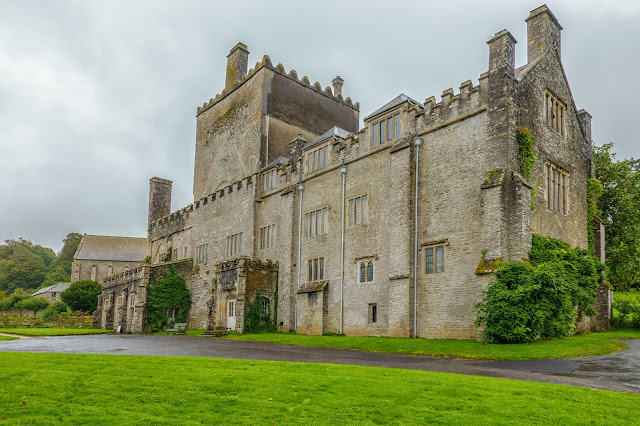Morwellham Quay - The Victorian mining village

Today, a visit to Morwellham Quay. Firstly, a brief description of today's destination which is an historic river port in Devon that was developed to support the local mines. The port had its peak in the Victorian era and is now run as a tourist attraction and museum. It is the terminus of the Tavistock Canal and has its own copper mine. The open-air museum includes the restored 19th-century village, the docks and quays, a restored ship, the George and Charlotte copper mine which is toured by a small train, a Victorian farm and a nature reserve with trails. In July 2006, UNESCO (the cultural arm of the United Nations) awarded World Heritage Site status to the Cornwall and West Devon Mining Landscape area. Morwellham is strategically sited at the centre of the Tamar Valley Mining District which, together with nearby Tavistock, forms the easternmost gateway area to the rest of the World Heritage Site. The site has been imaginatively preserved to give an impression of Victorian indust...


